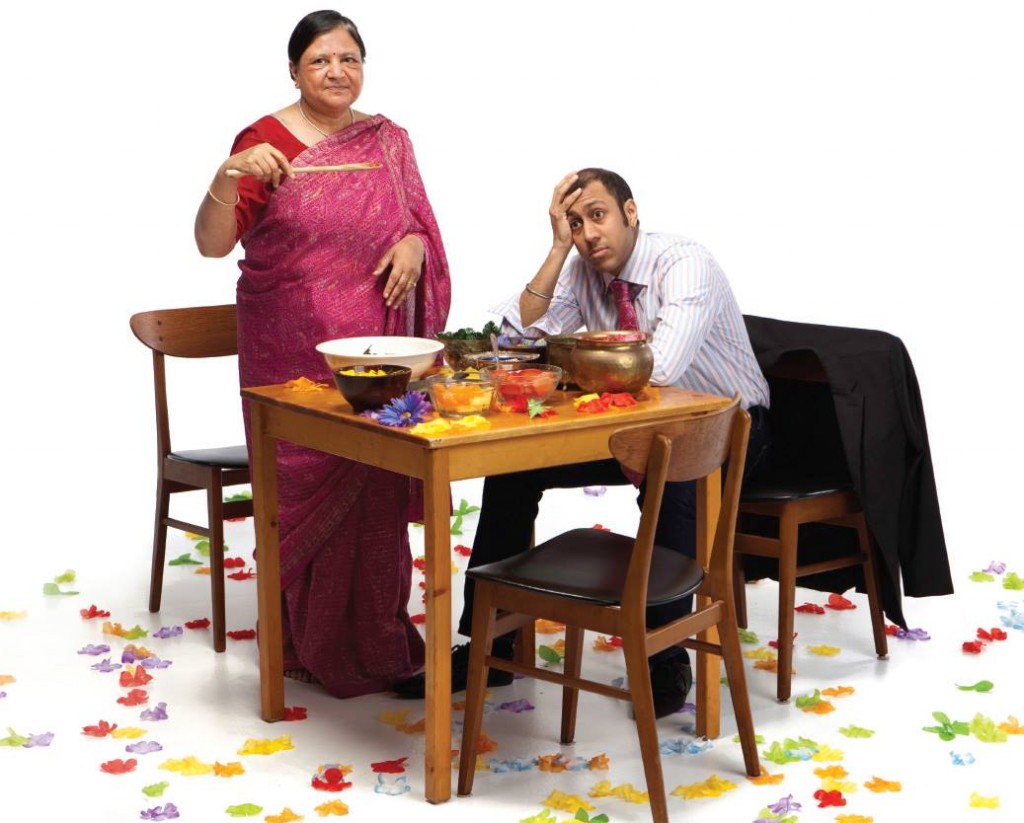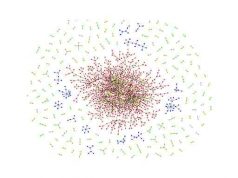Closing You Should Have Stayed Home in Ottawa last week had me think a lot about theatre, storytelling, and direction this aspect of the medium is taking in Canada lately.
That storytelling is in fact what theatre does, or should do, is up for debate as University of Toronto Professor Holger Syme noted in his post “Theatre does not tell stories”:
“A character on stage may look back and tell a story — but that character continues to live in the present, in a time that’s defined as “right now” by the very play he or she inhabits (a “right now” that we, as spectators, are allowed to imagine we share, simply because we share an actual “right now” with the actor playing the character). So that, in a large-ish nutshell, is my conceptual beef: theatre can’t tell stories, because stories are always necessarily retrospective. And theatre isn’t about the past. It’s about the present.”
What I have noted recently, is a number of shows that are not performed by ‘characters’, but the actual people who created or are creating the narrative.
You Should Have Stayed Home falls into this category. Tommy Taylor performs a story that occurred to him in the past at G20 Toronto, but it also occurs in the present. Not the present of the given circumstances that audience and performer agree to believe in. It is the current present of the day it is performed. This is explicit through both direct address “This is the T shirt I was wearing at G20”, and also thematically – we experience how G20 Toronto transformed Tommy Taylor into the person we see before us in the present.
Some of my favourite shows of late also employ this approach. Ravi Jain’s Brim Full of Asha has sold out practically every venue in the country it seems. In this piece, which he performs onstage with his mother, we experience the story of how they have negotiated her desire for him to have an arranged marriage. Again, there is no ‘fictional’ present for us to agree upon. Because this is the people who these events happened to, something happens that pulls the present into the present.
Two other successful pieces of theatre, both also on the topic of mothers come to mind when thinking about this recent strain of ‘reality theatre’: The Chop Theatre’s How To Disappear Completely, in which Itai Erdal relates a love for his mother and the unique circumstances surrounding his mothers death, has been wildly successful for a piece of indie theatre. The show was recently presented at The Stratford Festival while simultaneously winning the SummerWorks Award for Direction. In this piece Erdal is present not just because he is himself, telling his story – but because as a lighting designer he personally, with a lighting console in hand, controls the lighting of the show. The effect is one that allows the audience to meet Itai and hear his story in the immediate.
The other successful maternal narrative performed by its subjects is mothermothermother, presented at The Rhubarb Festival and upcoming at Push Off. Directed by SpiderWebShow co-creator Sarah Stanley with Natasha Greenblatt, Michael Rubenfeld and his mother perform their family history and relationship on stage. The dynamic of immediacy is increased by having the two subjects of the narrative on stage. The ‘plot’ is one that occurs in the past, but the ‘story’ is what is occurring to the subjects in the moment. When mother and son sing “That’s What Friends Are For” together as they used to in earlier days, as audience members we don’t experience it as a flashback to an earlier time, but as a testament to where they are in their relationship in the immediate present.
Winners and Losers, playing currently at Canadian Stage is possibly the most striking and widely seen example of this work. Directed by 2013 Siminovitch Prize Winner Chris Abraham and fresh from a European Tour, the show stars Marcus Youseff (who recently wrote for SpiderWebShow) and James Long (who also directed How to Disappear Completely). Billed as a “staged conversation”, a game of categorizing things and people as ‘Winners’ and ‘Losers’ devolves into increasingly personal attacks on one another. It is how this conflict plays out in the present, which gives the piece a unique immediacy each performance
Where this trend originated is not a question that has a singular answer, but a question I asked World Stage Artistic Director Tina Rassmussen during a twitter chat about the upcoming World Stage season offers a clue:
.@praxistheatre we saw a rise of verbatim work (remember DV8), docudrama, site specific, promenade, one to one etc #artlive /tr
— World Stage (@WorldStageTO) October 23, 2013
Is it possible that seeing this sort of work be presented from elsewhere has encouraged domestic artists to take up the mantle themselves? Hard to know.
What is certain is that this is a relatively new and successful trope in contemporary Canadian performance, and that it changes the nature and immediacy of storytelling (if we accept that theatre does tell stories). As other media and mediums continue to develop with advances in technology it seems theatre is also doubling down on one thing theatre can only do: A person in a place with other people telling a story about themselves.










